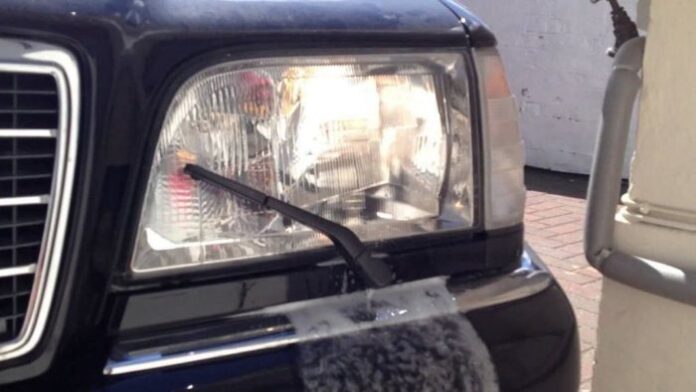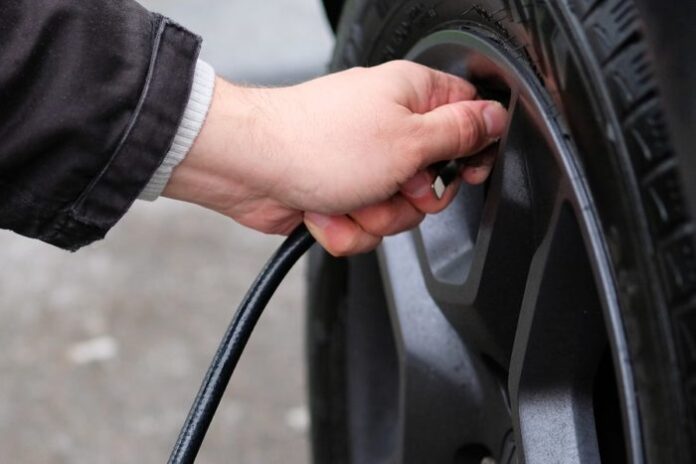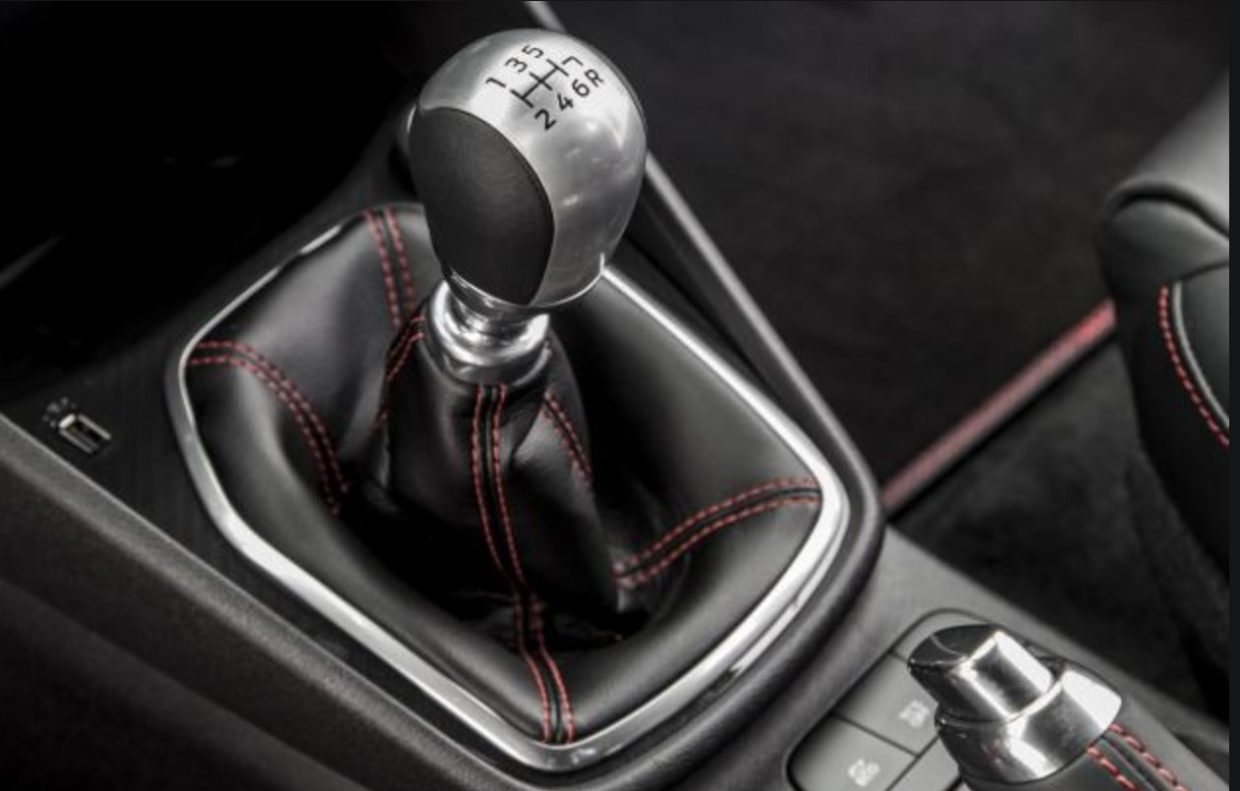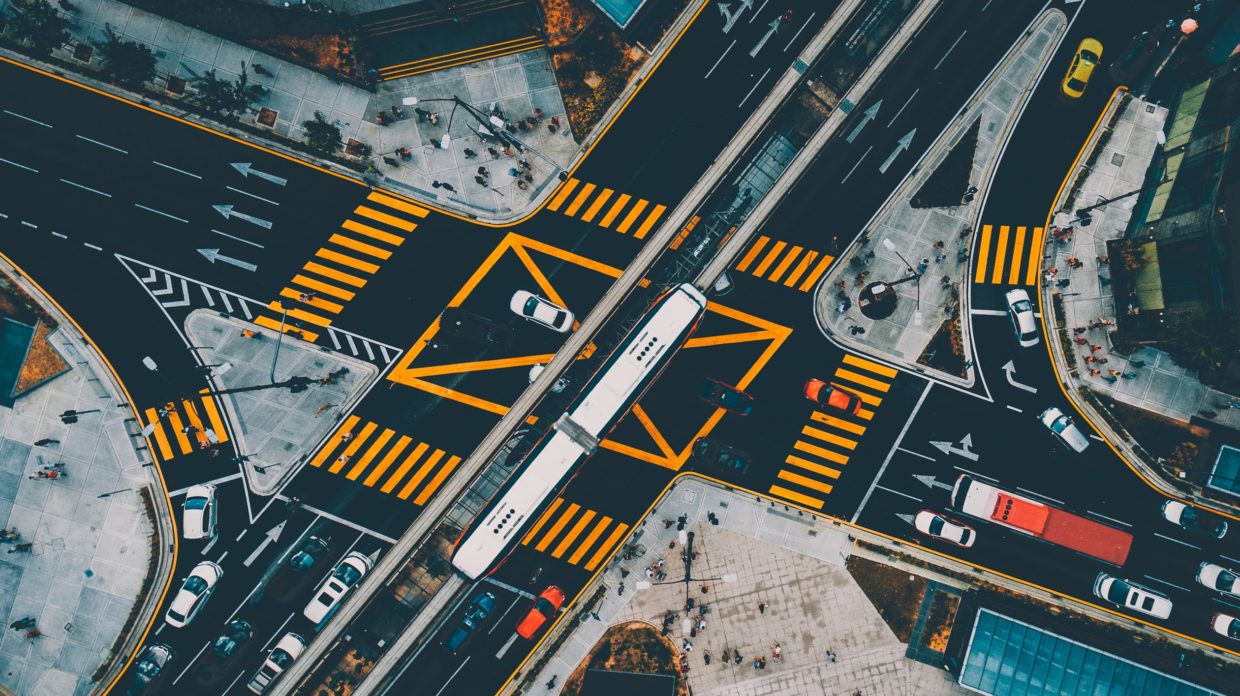Are you driving an old car? We recommend you take the 5 actions below into account for your own good.
To skilled drivers, observing weather change has become second nature. Facing unfavorable conditions, one should put safety first and put off the drive, or go as far as cancelling the whole trip. One of those not-so-ideal weather to mention is rain, no matter the amount of precipitation.
Sitting on the windowsill with a hot cup of cocoa and being mesmerized by rainfall is like a dream comes true. However, sitting behind the wheel of an old car while it is pouring may not sound as appealing.
Rainfall adversely affects drivers’ vision, sometimes even hearing. This renders their awareness of the entire surroundings and can get them entangled in unfortunate events. Some people avoid driving an old car while rain pours like a plague. Your car has to be in great condition to perform optimally, check out AutomotiveGearz.com for thorough guides on choosing suitable car parts. In the event that driving is inevitable, we have listed below five top tips to ensure your safe arrival:
Keep your headlights and wipers on

Those droplets falling outside and sticking to your windshield do nothing but obstructing your view, eventually covering up the oncoming vehicles or obstacles. This can be detrimental not only to your car, but also to you. As a prevention, the recommendable action is that you activate your wipers.
Wipers help increase visibility by clearing dew smeared on the glass material of your car’s wide-screen. As most of it comes off, you will be able to take in more of the traffic around you. However, to exercise this caution, you must keep the functionality of wipers in check. If they are dysfunctional in dire circumstances, you will be at a disadvantage.
Another measure you can take to minimize the risk of low visibility during rainfall is to turn on your headlights. As rain falls, there exists the likelihood that the sky gets darker. In this case, headlights are certain to alert other drivers of your presence and give you a clearer image of what is to come on the road.
It would be better if you use low beams instead of high ones as they will not blind people driving in the opposite direction. Moreover, this is a mandatory rule, as stated in the traffic law, while driving in the rain. So, turning the lights on will save you from a fine or court visit.
Maintain your tires and look out for hydroplaning

Car tires are the things that keep you on track, quite literally. Under the rain, there is higher risk of tires sliding and getting out of control. This is called hydroplaning – the cause of various severe accidents.
Hydroplaning can happen when there are signs of excessive wear in your tires. Thus, it is advisable to check the state of your tires regularly or as your mechanics’ instruction. If the car’s tires stay in good condition, you can worry less about slipping on wet roads.
However, hydroplaning can also occur when a water body fills the space between your tires and the road surface. This reduces friction and makes it harder to control the car’s movement. The solution includes tire maintenance. What’s more, concise steering is needed to stop your car from spinning and eventually flipping or crashing.
When you see the tires are too worn out and can no longer be used, you should replace them. You can visit Tiredeets.com to see more detailed tire reviews. Also, make sure to check the tire size before purchasing a new tire.
The right course of action is to stop pressing on your gas pedal and turn your wheels forward until you can take control over the car again. Should the car spin, never stomp on your brake or steer the wheel in the opposite direction. You should steer your car in the similar way in moderation.
Above all, you must keep your head cool to maintain the capability of assessing the situation.
Hydroplaning – the latent enemy when rain falls
Widen the distance

Slippery roads may not provide the best condition for traction. Therefore, drivers usually find a lag in car’s response after the brake has been pulled. In other words, your car will not fully stop promptly and opt to slide a bit forward.
To keep yourself and others safe, the distance between your car and the one in front must be widen. Be mindful of your reaction speed on a clear day and estimate the time your car needs to stop in a less desirable condition. Create more time for yourself to make the best decision when driving during rainfall.
Drive manually and mind your speed

Some modern car designs include a cruise control system, which alleviate the strain on your legs. It will automatically maintain the car’s speed at the time of activation till turned off. No matter how convenient it is, there remains the risk of slipping on wet surfaces.
If you drive on a wet road without adjusting your speed, great dangers may await you. Therefore, you should take complete control over your car and drive cautiously.
It is also advisable to maintain lower speed in the rain, or any other bad weather states. Ignoring speed limits can be the catalyst for unwanted accidents. Take time to reach your destination as rain falls.
Stay hyperaware at intersections

As your vision is obstructed and you cannot see very far ahead, upcoming pedestrians and vehicles may not be visible for you. To prevent casualties, you should inspect your surroundings with greater care, especially at intersections. Where roads joined is the place that collisions happen the most.
You must first slow before approaching crossings. This gives you a better chance to notice anything that needs avoidance. You should also never assume the course of actions other drivers will take. The best way to know it is from apparent signs such as headlights.
Final words
Above are five things to keep in mind when driving an old car when you hit the road, especially under the rain. We hope that you take these tips into serious consideration and arrive safe and sound.
Again, driving in adverse weather conditions is not recommended. However, if urgent matters are involved, please do keep in mind to put safety first and never drive recklessly.









